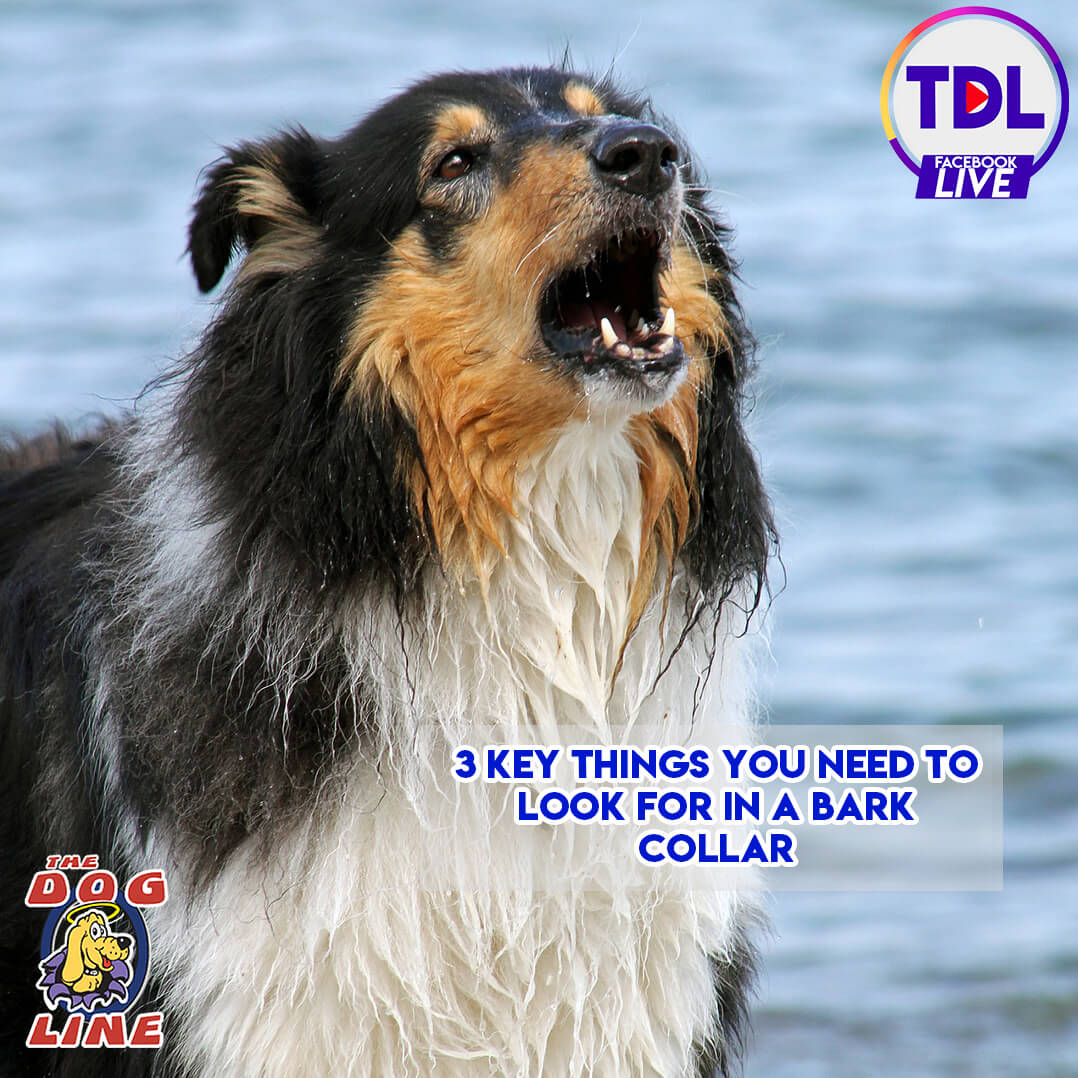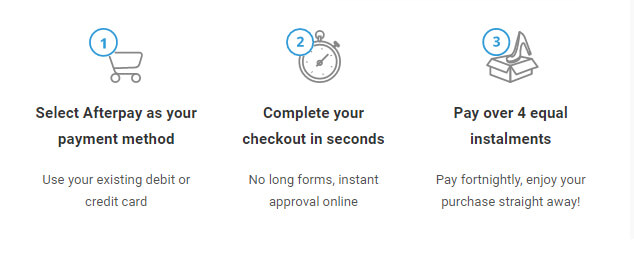SAME DAY SHIPPING!
Hurry offer expires in
Are Bark Collars SAFE for Dogs?
Yes, bark collars are very safe for dogs… if you get the right one. There are cheap e-collars that you can find online that do not work as reliably or accurately as you may need for your dog.
Take note of these 3 key things that you need to look for when getting your dog an anti-bark collar. It’s important to follow each step so you can get the best and safest bark collar for your dog.

Here Are 3 Key Things You Need To Look For When Getting Your Dog a Bark Collar:
-
Match - Your dog size and temperament to the Best Bark Collar?
-
Training - How do I Train my Dog Correctly with the Anti-Bark Collar?
Nuisance barking is one of the common problems dog-owners face. Now, the use of high-quality bark collars have significantly improved dog-and-owner relationships… and ultimately, the lives of the owners - no more noise complaints from the neighbours or legal threats from the shire.
The first thing that you need to do to start training your pet to quit nuisance barking is selecting the right bark collar that will suit your dog.
How to Select the Best Bark Collar for My Dog?
Selecting the best bark collar that suits your dog can be an overwhelming task. However, if you know your dog’s temperament very well (along with his breed, size, and age), it will be easy and less daunting for you.
First, you need to make sure that the bark collar comes from an excellent manufacturer that follows the Australian standards for electronic devices.
Here are some of the trustworthy manufacturers that we support:
Most of the bark collars made by these innovators have safety features to prevent accidental activations and the like - remember to look for these features.
Second, you should know that there are 4 main types of stimulations from bark collars that work best for different dogs and their barking habits:
Take note that some bark collars offer dual stimulations such as static + tone-only, ultrasonic + vibration, static + vibration, etc.
Also, the 4 types of bark collars mentioned Bark Collar for small dogs… and of course, how to stop a BIG Dog Barking .
Electronic/Static Type of Bark Collar
This kind of bark collar produces harmless static “pulse” similar to touching a shopping trolley or a TENS machine to deter your dog from excessive barking. if you were asking yourself Do Bark Collars hurt dogs? you should read thew article.
However, it can be annoying for your dog - the static “Shock Collar” easily catches your pet’s attention and makes your dog stop barking at unnecessary things. This is why the electric type of bark collar is the most effective among all other types... and it is highly recommended for stubborn dogs.
Citronella Spray Type of Bark Collar
Citronella is an oil extract of a lemon-scented grass which was originally grown in southern Asia. It is also widely used as an insect repellent.
This is harmless to dogs but the sound and smell of the spray can really be distracting to them - that’s why it’s such a good deterrent for your dog’s barking episodes.
Citronella bark collars are highly recommended for those yappers yet responsive dogs. Also, for dog-owners who are not allowed to use electric bark collars by their state regulation.
Ultrasonic Type of Bark Collar
Ultrasonic is a high-frequency sound that is almost inaudible to humans but can really catch your dog’s attention. It’s a harmless bark deterrent sound that we highly recommend for dogs with a sensitive temperament
This can also be your next best choice if you don’t want “zapping” your dog or if you don’t like the Citronella spray.
Vibration Type of Bark Collar
This kind of bark collar produces gentle vibrations to your dog’s neck, just along his vocal cords, when he goes on a barking episode.
Vibration bark collars are highly recommended for extra sensitive yet responsive dogs... and to senior dogs who are not fit for static zaps and may not be able to smell the Citronella spray or hear the ultrasonic sound anymore.
Lastly, once you have considered your pet’s age, size, and temperament or barking behaviour, it’s time to CHOOSE the anti-bark collar that is just right for your dog. While also considering that the bark collar comes from a trusted and proven source.
How to Properly Fit the No Bark Collar to My Dog?
Properly fitting the anti-bark collar to your pet is considered one of the crucial practices when training your dog to quit nuisance barking - along with maintaining good hygiene.
This is really important to make sure that you will not risk your dog’s health and safety, as well as the efficiency of the bark collar.
This is because NOT fitting the electronic bark collar properly may cause pressure necrosis or “burns” on your dog’s neck. Subjecting good bark collars to a stigma that they are cruel for dogs.
When in fact, the only way a bark collar training can hurt a dog is when the owner chooses to buy a cheap and low-quality anti-bark collar. Then, not following the proper fitting and hygiene maintenance.
So, here’s how you properly fit the no bark collar to your dog:
-
Make sure to turn the collar off before fitting it your dog - we don’t want any accidental stimulation and we don’t want the dog to “know” that it comes from you or the collar.
-
It is important to let the dog stand when you’re fitting the collar - this is because a dog’s neck contracts to a bit smaller size when in a sitting position.
-
So, let your dog stand comfortably.
-
Please remember that the collar should be a close-fit but not too tight - the pressure of the contact points to your dog’s neck should be similar to when you put your fingers to someone’s wrist or neck to feel the pulse.
-
Regularly check the fit by inserting one finger between your dog’s neck and the collar strap.
-
Allow your dog to get comfortable by wearing the collar for a few hours.
-
Then, turn the collar on to start the training.
-
Please remember to maintain good hygiene by regularly cleaning the collar especially the contact points and by cleaning your dog’s neck.
How to Correctly Train My Dog with an Anti-Bark Collar?
Understanding the reasons why your dog excessively barks is the start of solving the nuisance barking problem.
Then, follow these simple steps to correctly train your dog with an anti-bark collar:
-
Make sure to choose the best quality bark collar to ensure your dog’s safety.
-
Follow the training guide (we created an exclusive training guide that comes with our back collar packages).
-
Make sure to give your dog time to get comfortable with the collar - don’t activate it yet - we want the dog to “think” that the simulations do not come from the collar but from the barking habit.
-
Choose your dog’s barking trigger to start the bark collar training with - it could be when someone is at the door or pushing the doorbell, strangers passing by, or mailmen just doing their jobs.
-
You may use a lead on your dog to further control him when necessary BUT don’t attach the lead to the bark collar itself because it may tighten the collar and we don’t want to add pressure to your dog’s neck - try using a dog harness instead.
-
Start the training at the lowest correction level - some bark collars have automatic & progressive levels of correction which saves you more time & effort.
-
Make sure to reward your dog with food treats, verbal praise, or pats whenever he stops barking at unnecessary things - this is to make your dog “understand” that good behaviours are rewarded and bad barking habits have consequences.
Related: Dog Bark Collar Training: Reduce Nuisance Barking By 60%
In Conclusion:
High quality bark collars are SAFE for dogs. Don’t fall for the cheap ones you see online. Remember that it’s your dog’s safety that is at stake.
Also, safety does not end there - make sure to follow proper fitting and good hygiene practices when you get the right bark collar for your dog.
Lastly, always follow a proven training guide and remember that training a dog requires heaps of patience, love, and perseverance.
 The Dogline
The Dogline
















